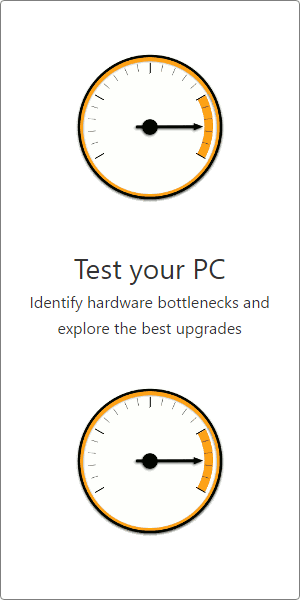Effective Speed
+23%
Poor: 76%
Great: 100%
SPEED RANK: 148th / 1445
Poor: 100%
Great: 117%
SPEED RANK: 45th / 1445
| Effective Speed
Effective CPU Speed |
88.4 % | 109 % | Faster effective speed. |
Average Score
+42%
Overclocked Score
+35%
Value & Sentiment
+9%
Nice To Haves
+35%
Specifications
Conclusion
Average Bench 88.4%
Average Bench 109%
User Builds
746,287
101,563
Systems with these CPUs
Top Builds that include these CPUs
Frequently Asked Questions
Processors FAQ
ALL FAQs »

 CPU
CPU
